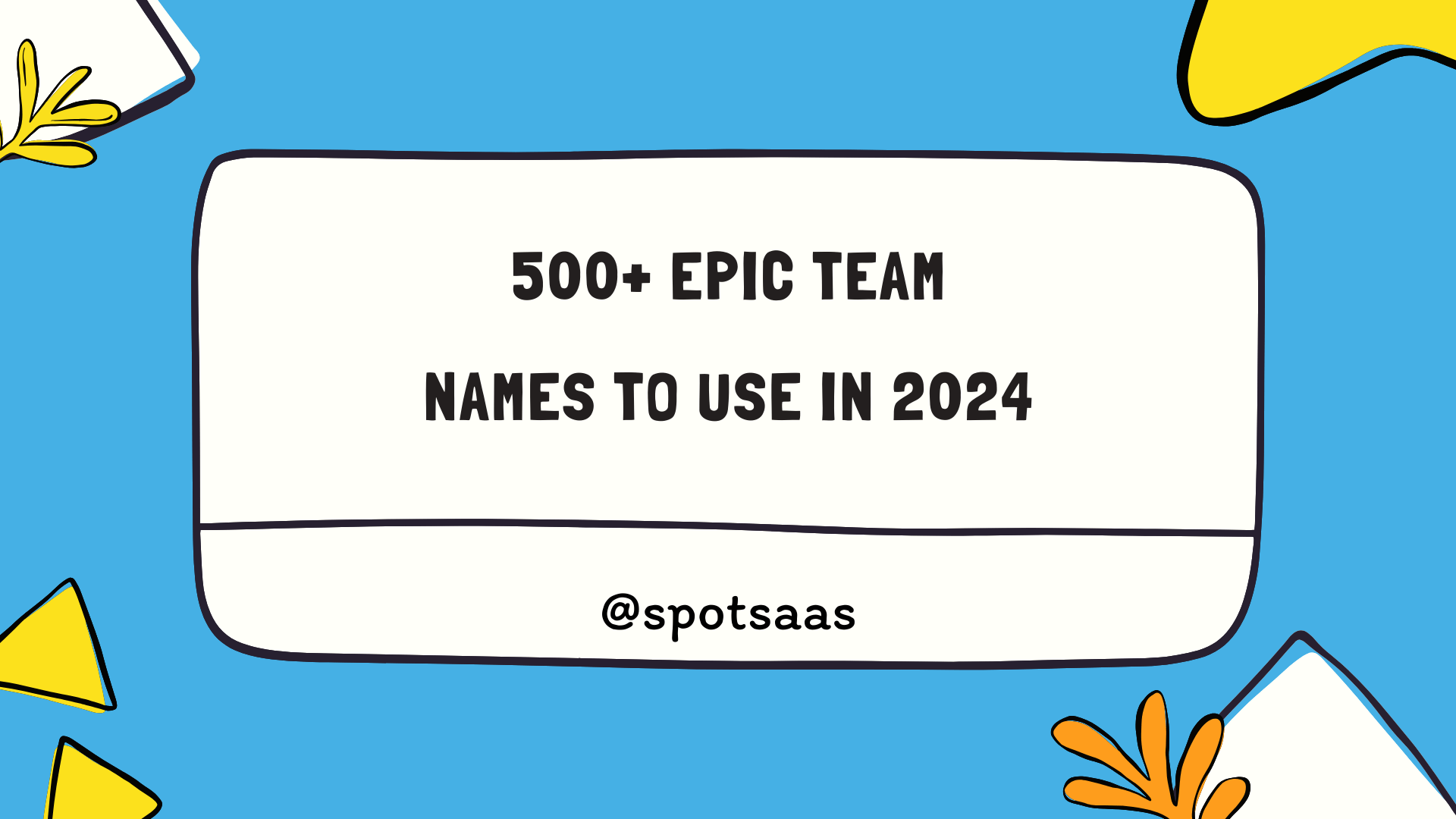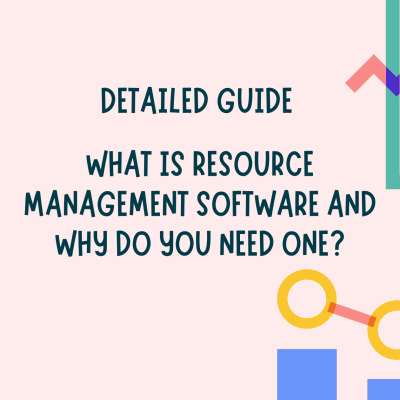Buyers Guide for Video Conferencing Software (2024 updated)
What is Video conferencing software?
Video conferencing software is a tool that allows individuals or groups to connect and communicate online in real-time, regardless of their physical location. It enables remote workers, clients, and partners to collaborate, share information and conduct meetings, webinars, or other events.
Choosing the right video conferencing software is crucial to ensure that these interactions run smoothly and effectively. The software you select should be user-friendly, and secure, and offer the necessary features to meet your specific needs.
Importance of Choosing the Right Video Conferencing Software
Selecting the right video conferencing software can have a significant impact on the success of your online events and meetings. The software you choose can affect the quality of your audio and video, the ease of use for participants, the level of security and privacy, and the overall user experience.
Additionally, choosing software that does not meet your specific needs can result in missed opportunities, decreased productivity, and increased frustration among team members.
Therefore, it is important to carefully evaluate the available options and select the software that best fits your requirements, budget, and organizational goals. By selecting the right virtual conferencing software, you can ensure that your team stays connected, productive, and engaged, regardless of their location.
Key consideration while choosing Video Conferencing Software
When selecting video conferencing software, several key considerations should be taken into account. These include:
| Consideration | Description |
|---|---|
| User Interface and Ease of Use | Choose software with an intuitive and user-friendly interface, ensuring easy participant access and navigation during meetings or events. |
| Features and Functionality | Select software that offers essential tools and features, such as screen sharing, virtual backgrounds, chat, polling, recording, and breakout rooms, to support specific meeting or event requirements. |
| Security and Privacy | Prioritize software that provides end-to-end encryption, authentication, access controls, and data protection to ensure security, privacy, and compliance with regulations. |
| Integrations with Other Tools | Look for software that can integrate with existing tools like project management, scheduling, and calendars to streamline workflows and improve productivity. |
| Scalability and Customization Options | Choose software with scalability and customization options, allowing for growth and flexibility in meeting participant numbers and customization of the user interface. |
| Customer Support and User Reviews | Evaluate the level of customer support, including live chat, phone, and email options, and consider user reviews to gain insights into the user experience and satisfaction with the software. |
| Pricing and Budget | Consider the affordability of the software and its compatibility with your budget, including pricing plans and any additional costs for premium features or increased usage. |
By carefully evaluating these key considerations, you can select virtual conferencing software that meets your specific requirements, budget, and organizational goals.
Popular Virtual Conferencing Software
There are numerous virtual conferencing software options available in the market. Here’s an overview of some popular virtual conferencing software:
- Zoom is one of the most widely used virtual conferencing software, offering features such as video and audio conferencing, screen sharing, recording, and virtual backgrounds. Zoom offers a freemium model, with pricing plans starting at $14.99 per month per host.
| Pros | Cons |
|---|---|
| Easy to use interface | Faced security and privacy concerns in the past |
| High-quality audio and video | Can be expensive for larger teams |
| Offers a range of features | |
| Supports integration with other tools | |
| Strong security and privacy features |
- Microsoft Teams is an integrated collaboration and communication tool that offers video and audio conferencing, screen sharing, and chat options. Microsoft Teams is available as a part of the Microsoft 365 suite, with pricing plans starting at $5 per user per month.
| Pros | Cons |
|---|---|
| Integrates with Microsoft tools | Complicated for new users |
| Offers a range of features | Limited customization options |
| End-to-end encryption | |
| Suitable for larger organizations |
- Google Meet is a video conferencing tool that integrates with Google’s suite of productivity tools such as Google Calendar and Google Drive. Google Meet is free for all users, with some additional features available with paid plans.
| Pros | Cons |
|---|---|
| Integrates with Google tools | Limited customization options |
| Offers a range of features | Technical issues with audio and video quality |
| Easy to use |
- Cisco Webex is a video conferencing and collaboration tool that offers features such as video conferencing, screen sharing, and recording. Cisco Webex offers pricing plans starting at $13.50 per month per host.
| Pros | Cons |
|---|---|
| Offers a range of features | Can be expensive for larger teams |
| Supports integration with other tools | Interface can be difficult to navigate |
| Strong security and privacy features |
Choosing the right virtual conferencing software is crucial for successful remote collaboration and communication. It is important to evaluate the software based on key considerations such as user interface and ease of use, features and functionality, security and privacy, integrations with other tools, scalability and customization options, customer support, and pricing and budget.




